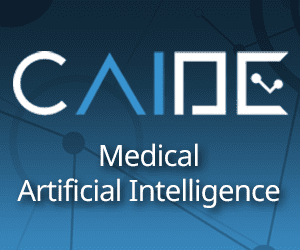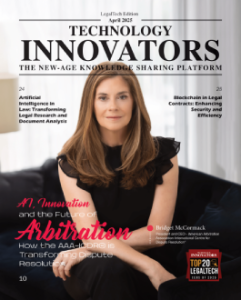Industry 4.0 is a new word that is emerging in the manufacturing industry and has started dominating the industry. 4.0 is a new revolution that has become the talk of the world with new opportunities for the manufacturers with the latest operational visibility and reduced cost. Now, when the world has entered into the New Year of 202, the manufacturing industry is leaving industry 4.0 behind and entering into the new era of industry 5.0.
The manufacturing revolution 4.0 was focused on developing products well optimized with the technologies, whereas the new phase of this industry deals with developing vehicles with a connecting man with devices.
The biggest technology which is being the biggest player in the manufacturing industry is the Internet of Things. Now, when the interconnectivity of devices is becoming our future, hence IoT is still the most crucial aspect which is playing a critical role in using real-time data and allowing the devices to interchange the information. The ultimate goal of industry 5.0 is not just to connect the vehicles but it also aims to improve the safety measures, enhance the vehicle efficiency, lower manufacturing cost and many more.
Predictive analytics to track production:
A breakdown in the production equipment can bring a heavy downtime for the manufacturing industry. A single downtime can bring a loss of over $100000. Most of the manufacturing industries suffer loss either due to over manufacturing or lack of manufacturing during high demand time. Predictive maintenance helps you delivering the best output and reduces your all unplanned outputs.
With predictive analytics, you can maintain your performance over the real-time market. This technology uses the data from the analytics metrics conducted using the same technology and also can use the data which is collected using the connected device with IoT technology.
Now with the increasing use of technologies, the manufacturing companies are shifting their focus from B2B to B2C, which is working as a disruption tool in the current trend and bringing much effective manufacturing trends for better output.








